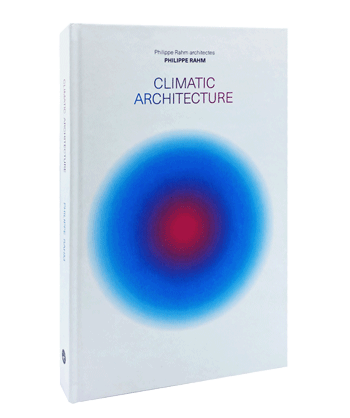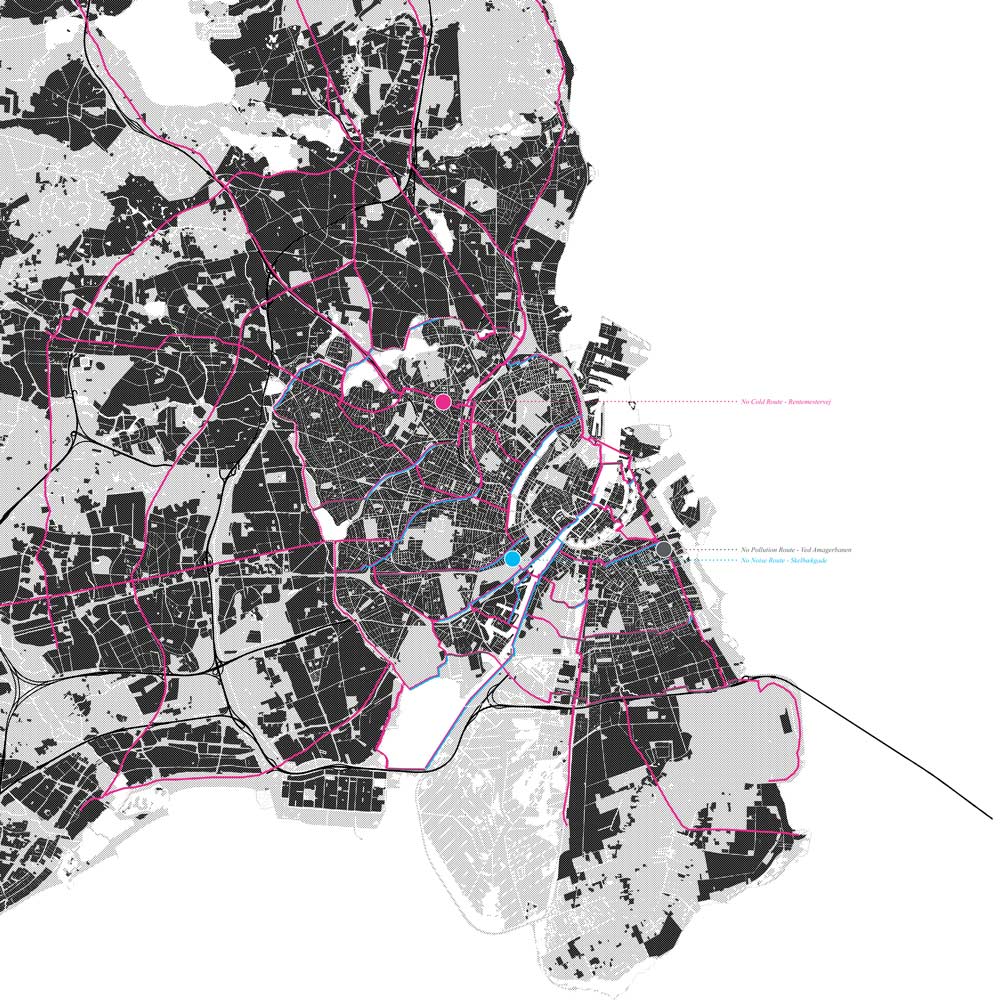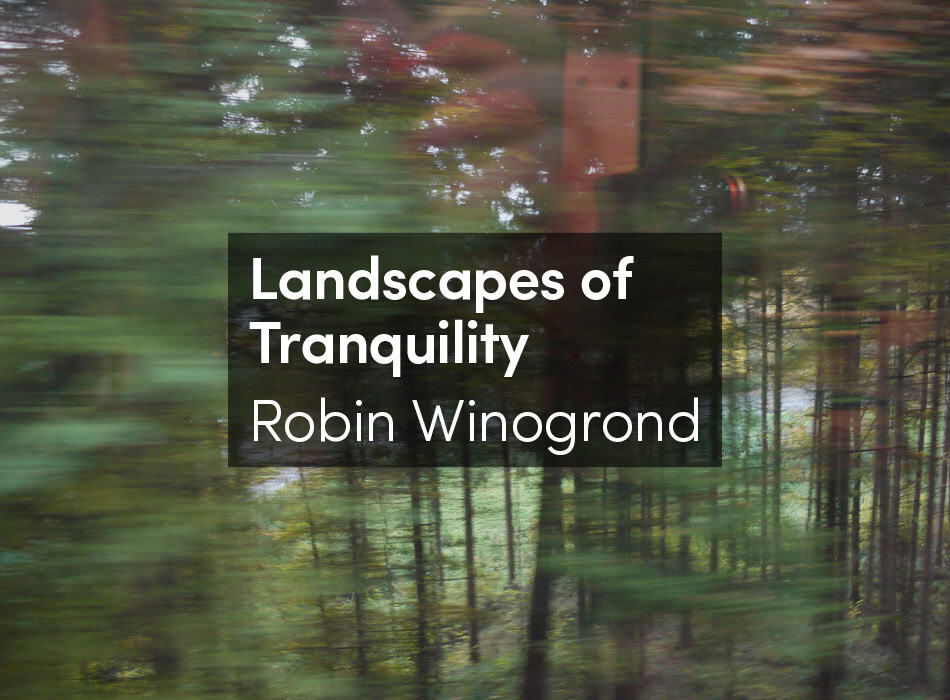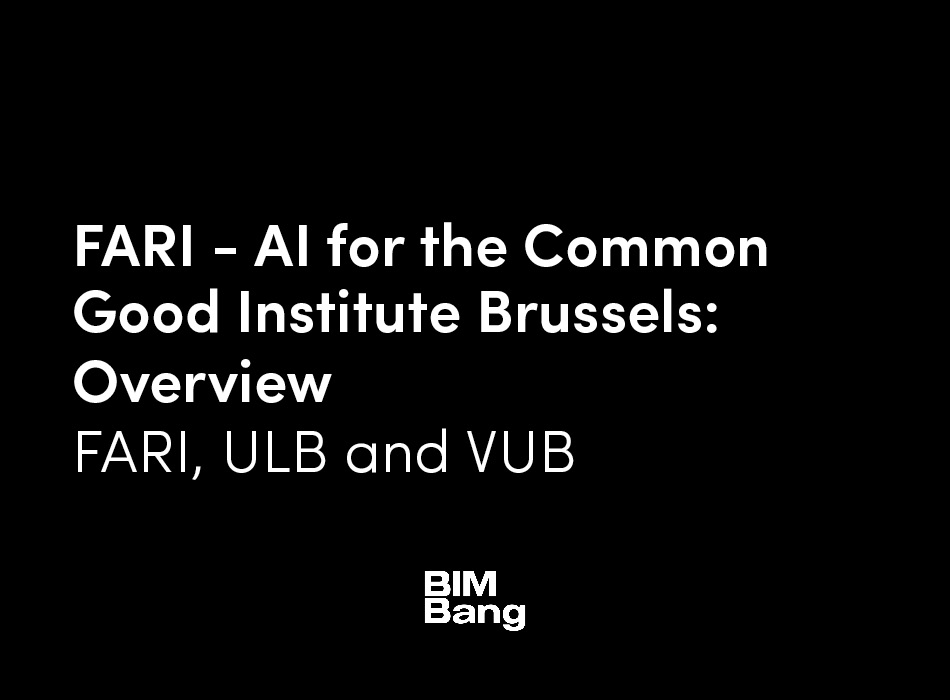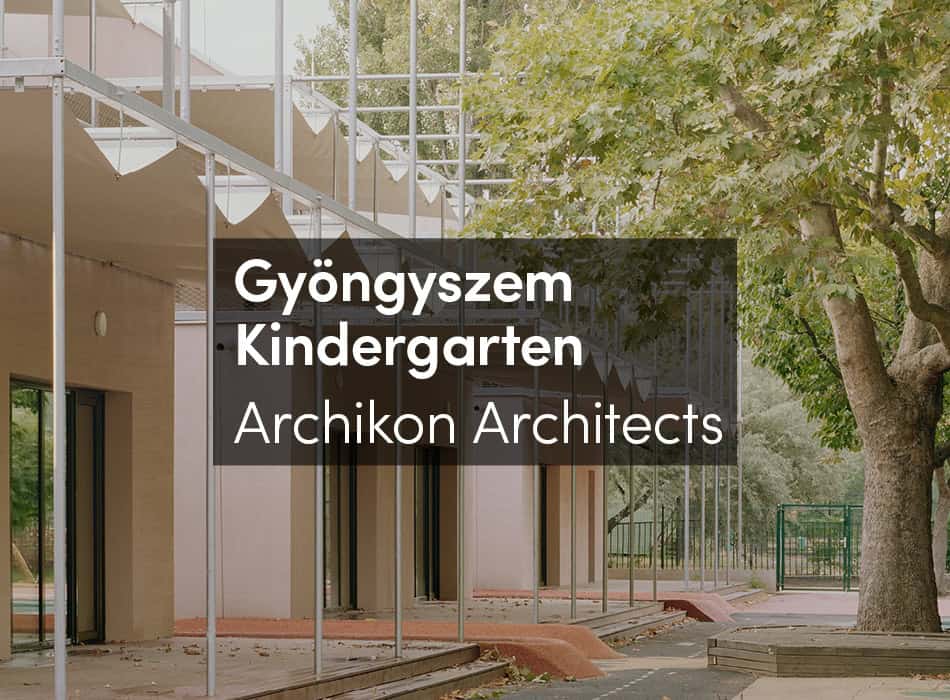The “Public Air” project for the City of Copenhagen aims to rethink the formal and technological heritage of the twentieth century in favor of new physiological criteria, to mitigate the air and noise pollution brought on by automobiles and industrial processes. To this end, cycling has recently become very popular in Copenhagen, despite the city’s vehicle-centric design and materials. Consequently, cyclists in Copenhagen share the roads with cars, a result of twentieth-century urban planning. Further, the physical exertion necessary for riding a bike causes bicyclists to breathe deeper, inhaling the air pollution given off by automobiles. Because it is both socially and politically impossible to ban the use of cars in the city, the City of Copenhagen has recently proposed a “Green Bike Network” to be developed in the near future.
This proposal comprises a network of paths specific to bicycle and pedestrian traffic, and parallel to roadways used by automobiles. The plan, already in progress, navigates parks and vacant spaces in order to avoid crossing streets used by motor vehicles, and the air pollution therein. Rather than fighting against air pollution and the automotive-centric design of the twentieth century, this project proposes the creation of a new physiological vocabulary for the Green Bike Network. By analyzing and reconceptualizing each element of the twentieth-century built environment that contributes to undesirable physiological consequences, we can return to the causal relationship between physiological necessity and the impulse to build. Based on a study of urban forms and materials, focusing on how they contribute to air pollution, noise pollution, and heat gain, we have reconsidered each element of the built environment in terms of its ability to negate undesirable physiological consequences caused by the current built environment and climate of Copenhagen. Soil, façade material, street furniture, street layout and orientation, air, light, sound, and smell are elements that can be specifically implemented to create a more comfortable city air quality, noise threshold, and atmospheric temperature, in the cold climate of northern Europe.
Our goal is to provide a comfortable street network and atmospheric quality for cyclists that protects them from cold winds, utilizes light to simulate the warmth of the sun, and minimizes air and noise pollution. In a way, the new street, a public space, will have the comfort and quality of life—specifically, heat, clean air, and silence—that are usually exclusive to private space in a house or inside a car.
To optimize the comfort of pedestrians and cyclists, we are offering research and ideation towards conceiving a new street layout, construction, building orientation, and material usage. To do so, we have analyzed each physical component of the proposed Green Bike Network according to the following criteria:
HEAT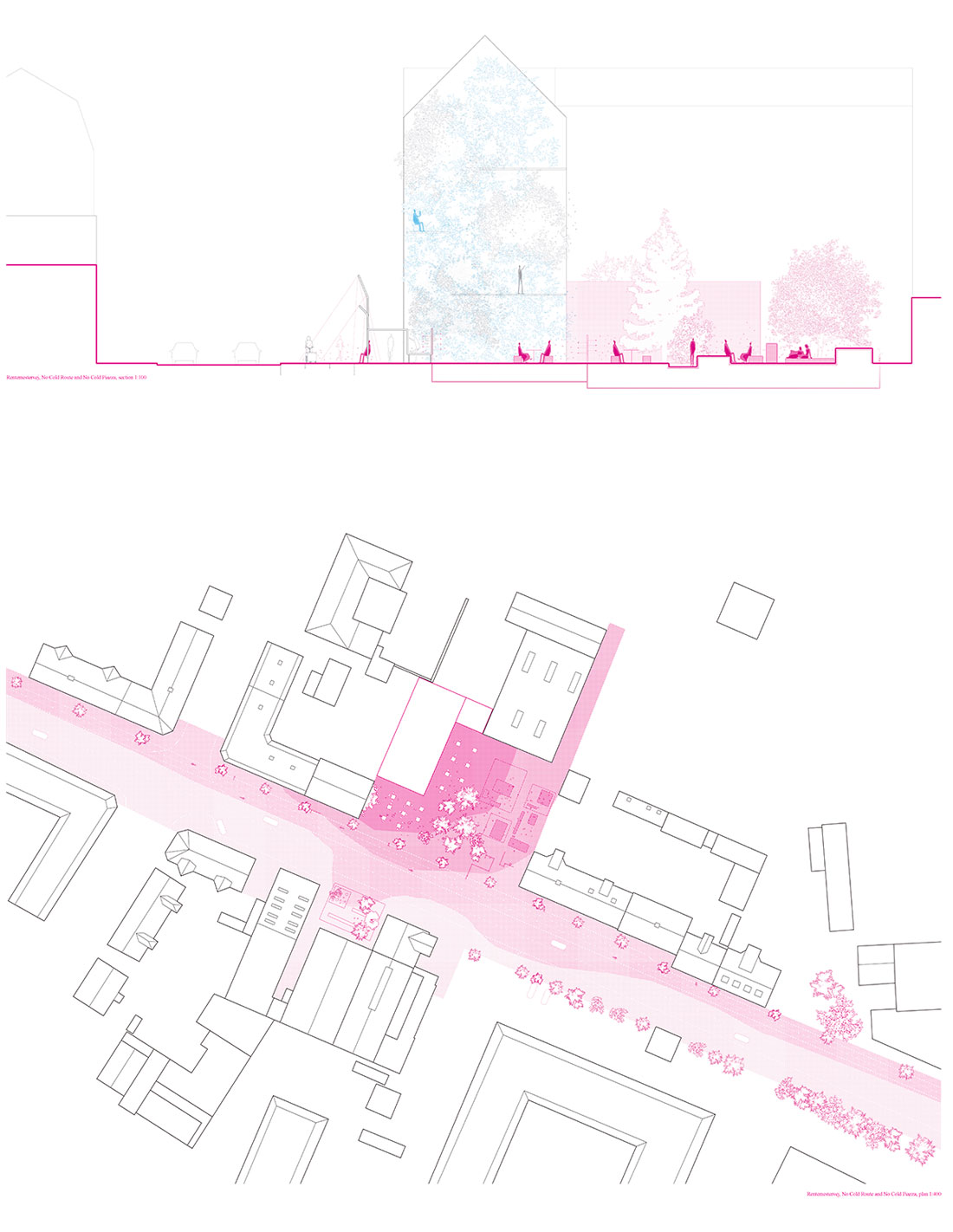
To bring heat into the cold Northern European climate of Copenhagen, we propose the following:. Use low-albedo (nonreflective) street materials to transform the visible and invisible rays of the sun into heat energy through contact with absorptive, non-reflecting surfaces like dark and porous asphalt. Within a short zone of influence, these materials will conduct and radiate heat to human bodies. Use high-albedo (reflective) façade and signage materials to reflect heat downward, towards the absorptive, low-albedo street materials. Further, reflective building and signage orientation should be angled to catch sunlight and reflect it downward.
— 1. Materials will be made to protect cyclists from wind chill. The wind increases heat loss from the body faster because it convects and conducts heat energy away from the skin, which increases the feeling of cold.
— 2. The street orientation and programmatic clustering that accommodates specific activities throughout the day is based on the sun’s position in relation to the streets. For lunch breaks, streets used to travel to food outlets and restaurants will be oriented in a north-south direction to absorb maximal sunlight. For the commute to and from work, in the late afternoon and early morning, the streets used to go to work are oriented from east to west to absorb maximal sunlight.
— 3. Geothermal heat pumps can be used to extract or dissipate heat from the ground, in order to heat the air above.
— 4. Street and façade materials will be made with a high thermal conductivity can rapidly absorb sunlight and transfer heat to bodies and the air during times of day and seasons with little to no sunlight. This will maximize the amount of heat that can be absorbed from what little sunlight there is during the day.
DEPOLLUTION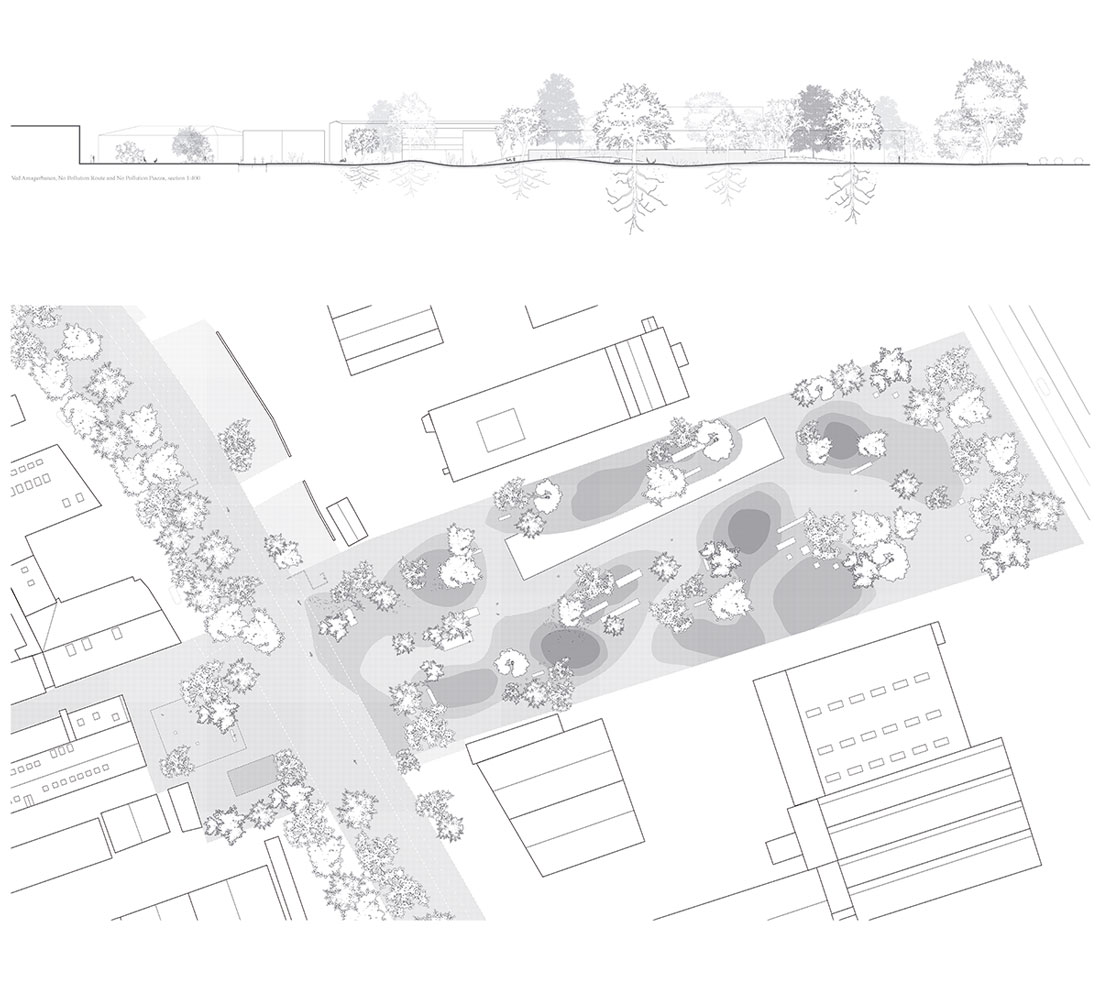
To create better air quality, we will use pollution-absorbing street and façade materials, especially in areas near major roads, industrial processes, and power plants.
— 1. Recently developed depolluting street and façade materials formulated with titanium dioxide (TiO2) can be used to attract and decompose nitrogen oxide (NOx)—a harmful pollutant put into the air by vehicles and industrial processes—into harmless nitrate (NO3).
— 2. nontoxic street and façade materials that will not add more pollutants, specifically aerosols, to the atmosphere.
— 3. The absorption of dust can be achieved by some trees with downy leaves, as well as some materials.
NOISE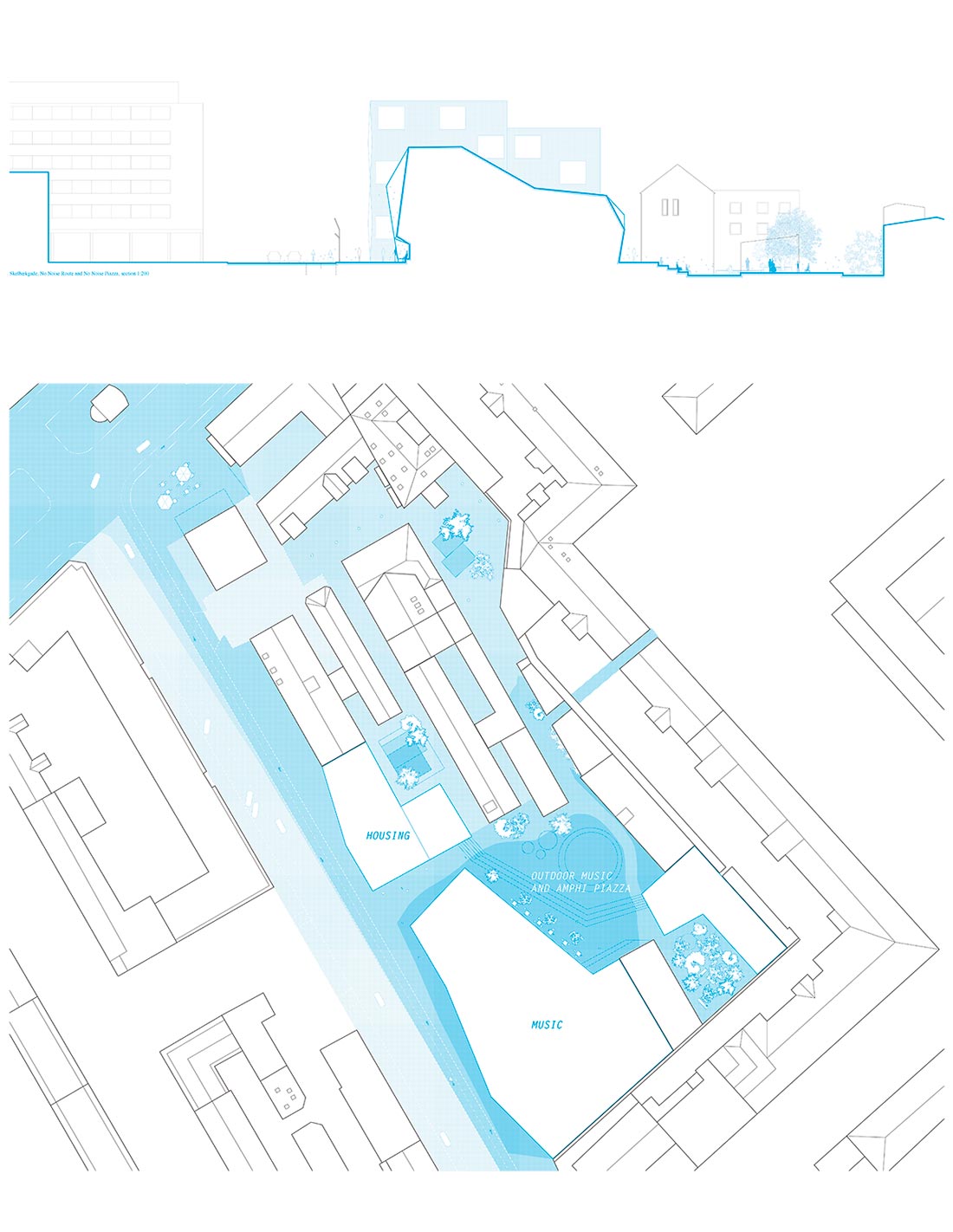
To create quieter public spaces in response to car noise, we propose:
— 1. To use soft, porous soil and vegetation, as well as sound-absorbing façade materials, to absorb, diffract, and dissipate noise coming from the streets. . To plan a drawing and cutting profile of the streets in order to optimize the sound quality in public spaces, like theaters, using nonparallel store fronts.





